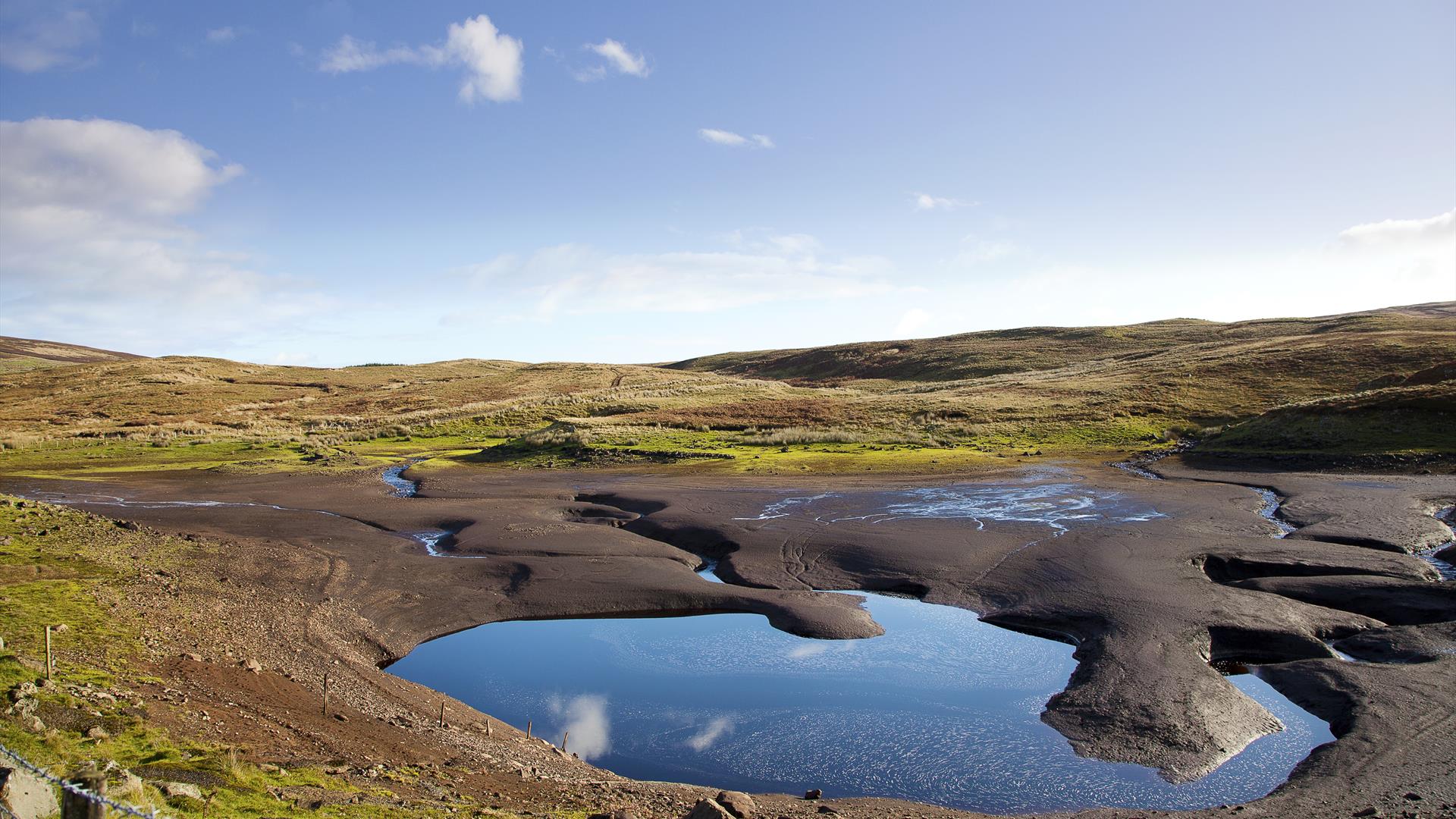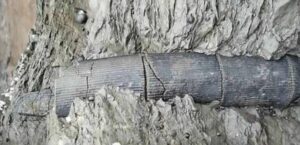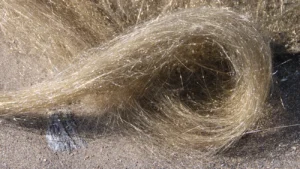On a night of torrential rain in County Antrim, Northern Ireland in 1898, Colonel John McNeill made a decision that would cost him his life. McNeill and his coachman spurred their horses through a shallow part of a lake, only for them to be swept away into the depths.
Years later, a young man on his way to deliver bread during a blizzard was also swept into the water. These are just two of many incidents involving Loughareema, famously known as the Vanishing Lake. Loughareema is an unpredictable body of water that can drain and fill up within hours. As a result, many people have run into trouble.
A brief history
Incidents with the lake led locals to believe the area must be riddled with spirits and bad luck. Writer Stephen O’Hara explained:
At times, people have claimed that they can hear the thrashing of hooves in muddy turmoil as they fight to escape the deep water, and that the cries of horses and men can be heard all around the unwary traveler.
The name Loughareema derives from the Irish Gaelic term “loc an rith amach,” which means “the lake that runs out.” On days when the lake is relatively empty, save a couple of meters of water, you can see three separate, meandering streams that feed it. Yet, there’s no outflow or exit.
Every week, the water in the lake rises and falls rapidly, sometimes within hours. When there’s no rain and the weather is drier, the lake remains empty for several hours. When it’s the other way around, the lake fills up in half a day. So where does all the water go if there’s no outflow?

When the lough is very dry, you can see the hole where the water disappears. Photo: Belfast Entries
Superstitious locals believe that the lake is home to a mythical shape-shifter called a kelpie, which changes from a horse into a human whenever it pleases. People claim to have seen the kelpie on the shoreline when the lake is full, waiting for unsuspecting visitors. Others say the ghosts of McNeill and his horses can be seen running at high speed, crying out and trying to escape.
Unfortunately for the irrationalists, there is nothing supernatural about the lake’s unusual behavior. The explanation is simple: a hole in the ground. Yes, the lake has its own plumbing.
How does it work?
Loughareema sits in a natural depression on impermeable clay, and the hole in the ground is a sinkhole. Scientists know very little about what lies beneath the lake, but they do know it is a complex system through which the water passes. It is suggested that a nearby river and a spring are part of this mysterious network.
When hydrologists studied the lake, they found that it fills up because debris such as peat, silt, twigs, logs, and other bulky objects forms a plug that clogs the drainage hole. When the pressure becomes too much, the drain unclogs and water flows freely underground again. This explains the cycle of the lake.

Loughareema. Photo: Don’t Peak Too Soon
Loughareema is not as singular as you’d expect. Scientists have compared it to Medicine Lake in Jasper National Park in Canada, which drains regularly in a similar way.
Medicine Lake is on a grander scale. Fed each summer by glacial melt from the Maligne River, it swells into an expansive lake before slowly draining away through one of the world’s largest known underground river systems. Scientists used dye to see how far the subterranean rivers go and found that the water re-emerges many miles downstream. In the case of Loughareema, the murky water makes a similar test impossible. Both lakes are examples of karst hydrology.
Spotting the lake vanish
Visitors often plan trips to set up time-lapse cameras to see the rise or fall of the water. However, there is no set forecast for when the lake changes form. It is best to wait for days of prolonged rain, then, if you’re lucky, you’ll see the lake about to burst. Be patient and wait for that pressure to build, and you might see the lake disappear into the ground.






